The following chart summarizes the differences between the four regular and non-regular retirement plans and disability retirement.
| Final Pay | Defined Benefit that equals 2.5% times the number of years of service times the member’s final basic pay on the day of retirement | Primary retirement plan for Reserve members with initial date of entry into service prior to September 8, 1980 |
| High-36 | Defined Benefit that equals 2.5% times the number of years of service times the average of the member’s highest 36 months of basic pay | Primary retirement plan for members with initial date of entry into service on or after September 8, 1980, but before January 1, 2018 |
| REDUX | Career Status Bonus $30,000 lump sum payment at 15th year of service with obligation to serve through 20 years + defined benefit Defined Benefit is (b) At age 62 and after: | Optional retirement plan for active duty members with an initial date of entry into service after July 31, 1986, but before January 1, 2018. Eligibility to elect the Career Status Bonus ended as of December 31, 2017 |
| Blended Retirement System (BRS) | Blended defined benefit and defined contribution plan. Defined Contribution: Defined Benefit: | Only retirement plan for members with initial date of entry into service on or after January 1, 2018 Optional retirement plan for members with an initial date of entry into service on or before December 31, 2017, who: |
| Disability | Retirement plan that equals to: *Retired Pay Base – determined under Final Pay, High-36, or BRS depending on military service date of entry **Multiplier Percentage can be either:
Note that in both cases the multiplier is limited to 75% by law | Determined medically unfit for continued service with a DoD disability rating of at least 30% |
The below chart provides the basic criteria to determine which retirement plan applies:
| Final Pay | Entry before September 8, 1980 |
| High-36 | Entry on or after September 8, 1980, but before August 1, 1986 OR Entered on or after August 1, 1986, and did not choose the Career Status Bonus and REDUX retirement system |
| CSB/REDUX | Entered on or after August 1, 1986, but before January 1, 2003 AND elected to receive the Career Status Bonus |
| Blended Retirement System (BRS) | Entered the Uniformed Services for the first time on or after January 1, 2018 (automatic enrollment), or entered before December 31, 2017 and elected to opt into BRS during the opt-in period |
| Disability | Determined medically unfit for continued service with a DoD disability rating of at least 30% |
All four of the regular and non-regular retirement plans determine initial monthly retired pay by applying a percentage multiplier to the retired pay base.
There are two methods for determining the retired pay base. They are the final pay method and the high-36 month average method. The final pay method, as the name implies, establishes the retired pay base equal to final basic pay. The high-36 method is the average of the highest 36 months of basic pay divided by 36. This is generally the last 3 years of service and is sometimes called high-3. The method used depends upon when the member first entered military service.
The method is determined by DIEMS (Date of Initial Entry to Military Service) or DIEUS (Date of Initial Entry to Uniformed Services). The date a member first entered uniformed service in any capacity establishes DIEMS. This date is fixed---it does not change. Departing the military and rejoining does not affect DIEMS.
Some individuals have unique circumstances that complicate determining their DIEMS. Here are a few examples:
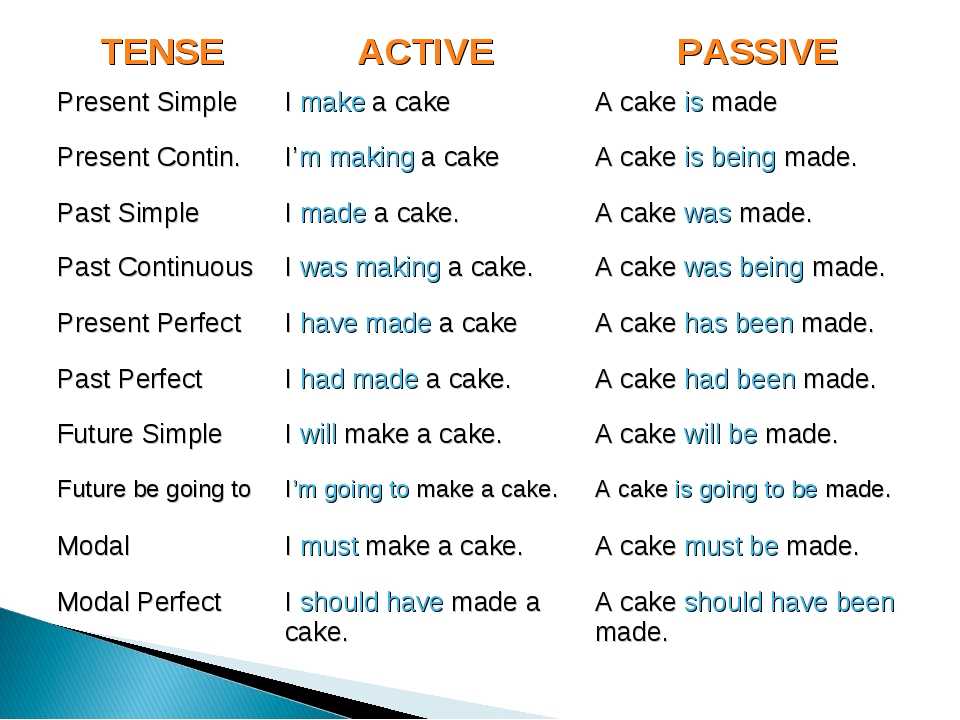
Be aware that pay date (e.g., Pay Entry Base Date) may be different than DIEMS. Also, DIEMS does not determine when creditable service toward retirement is calculated---it only determines which retired pay base method applies.
For both the Final Pay and High-36 retired pay plans, each year of service is worth 2.5% toward the retirement multiplier.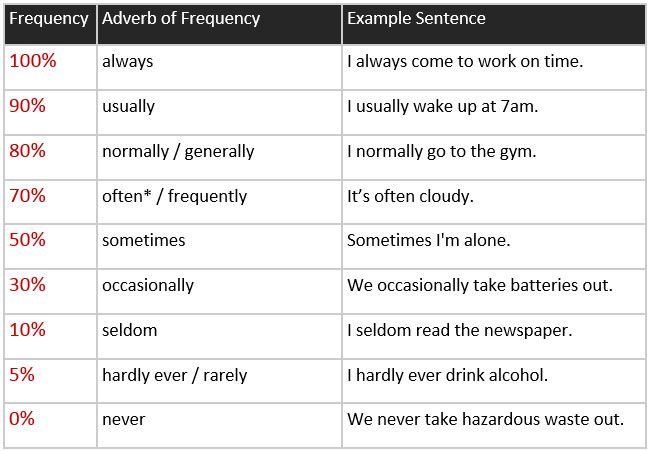 For example, 20 years of service would equal a 50% multiplier. The years of service creditable are computed differently depending upon whether retirement is from full time active duty or from a reserve career. These differences are explained under the Active Duty Retirement and Reserve Retirement pages.
For example, 20 years of service would equal a 50% multiplier. The years of service creditable are computed differently depending upon whether retirement is from full time active duty or from a reserve career. These differences are explained under the Active Duty Retirement and Reserve Retirement pages.
For the REDUX retirement plan, which applies only to certain active duty retirements as described above, the High-36 multiplier is reduced by one percentage point for each year that the member has less than 30 years of service at retirement. For example, 20 years of service would equal a 40% multiplier. This is discussed more fully under the Active Duty Retirement page.
For disability retirement programs, the multiplier will be the higher of (a) the disability percentage assigned by the Service at retirement not to exceed 75%, or (b) the result of multiplying the number of years of service by the applicable retirement plan multiplier (e.g., 2.5% for High-36 or 2.0% for BRS).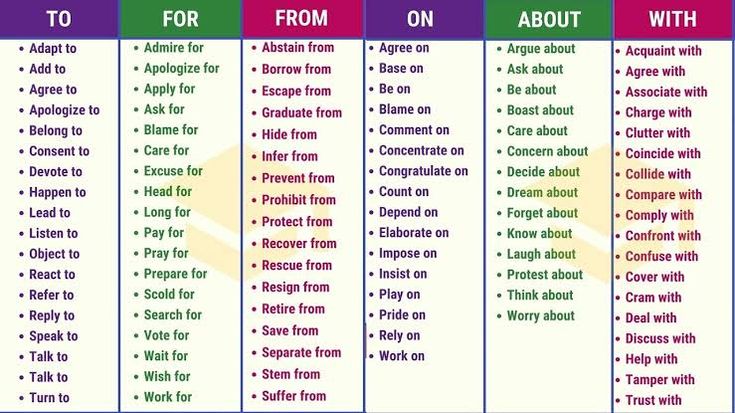
In any case, the longer an individual serves, the higher the multiplier and the higher the retirement pay. For example:
| Final Pay | 50% | 52.5% | 55% | 57.5% | 60% | 62.5% | 75% | 87.5% | 100% | 102.5% |
| High-36 | 50% | 52.5% | 55% | 57.5% | 60% | 62.5% | 75% | 87.5% | 100% | 102.5% |
| REDUX | 40% | 43.5% | 47% | 50.5% | 54% | 57.5% | 75% | 87.5% | 100% | 102.5% |
| BRS | 40% | 42% | 44% | 46% | 48% | 50% | 60% | 70% | 80% | 82% |
All military retirements are protected from inflation by an annual Cost of Living Adjustment (COLA), based on changes in the Consumer Price Index (CPI) as measured by the Department of Labor. Under the Final Pay, High-36, and BRS retirement plans, the annual COLA is equal to the percentage increase in the CPI year over year. Under REDUX, the COLA is reduced, as described in the table below.
Under the Final Pay, High-36, and BRS retirement plans, the annual COLA is equal to the percentage increase in the CPI year over year. Under REDUX, the COLA is reduced, as described in the table below.
| Final Pay | Annual COLA determined using the Consumer Price Index – Urban Wage Earners, published by U.S. Department of Labor, Bureau of Labor Statistics. |
| High-36 | Annual COLA determined using the Consumer Price Index – Urban Wage Earners, published by U.S. Department of Labor, Bureau of Labor Statistics |
| REDUX | Reduced annual COLA that is normally one percentage point less than the COLA determined for the other retirement plans (but not less than zero). Due to the reduced annual COLA, members participating in REDUX receive a one-time readjustment at age 62 to restore the difference in COLA to what it would have been under High-36. Thereafter, annual COLA reverts back to the lesser amount as above. |
| Blended Retirement System | Annual COLA determined using the Consumer Price Index – Urban Wage Earners, published by U.S. Department of Labor, Bureau of Labor Statistics |
| Disability | Annual COLA determined using the Consumer Price Index – Urban Wage Earners, published by U.S. Department of Labor, Bureau of Labor Statistics |
Select one of the following topic areas:
Helpful links:
Is it fair that the military’s top brass gets paid more in retirement than they did while on active service at the same time that lower ranking service members see cuts to their future retirement benefits? Sen.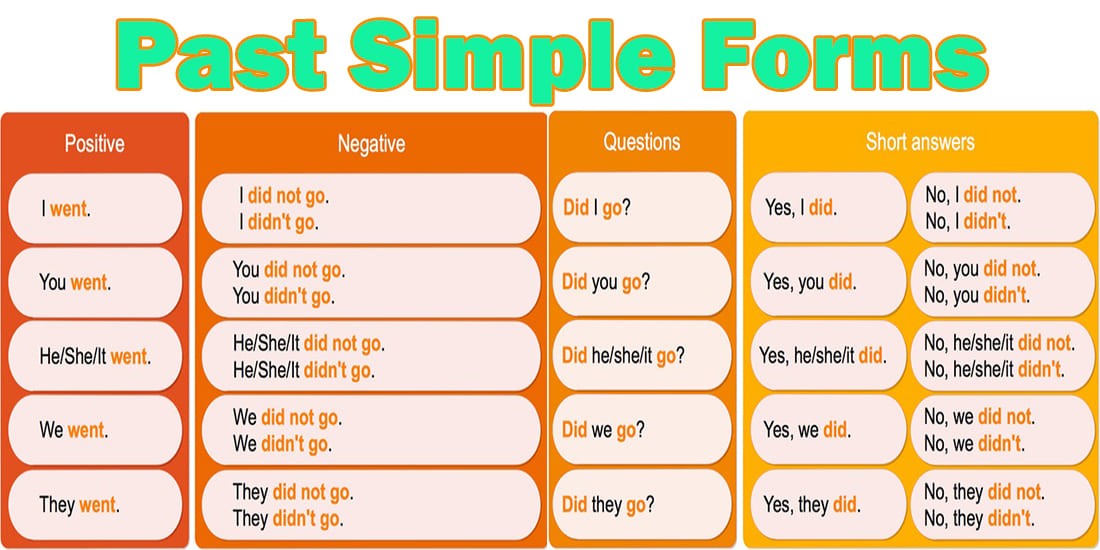 Kelly Ayotte (R-N.H.) thinks not.
Kelly Ayotte (R-N.H.) thinks not.
During a hearing on military compensation last week, Sen. Ayotte raised an important issue of equity and fairness: whether a special pension enhancement for top generals and admirals should be revoked following Congress’s decision to cut cost-of-living adjustments (COLA) for military retirees.
Over the winter holidays, Congress enacted the Ryan-Murray budget deal, which reduced the COLA for military retirees by 1 percent for estimated savings of $6 billion. However, the budget deal did not touch a special pension enhancement provided to retired three- and four-star generals and admirals.
In 2007, Congress enacted a provision, which the Pentagon had earlier requested, that boosted pensions for three- and four-star generals and admirals who serve more than 40 years. This provision was intended to help retain senior officers during the height of the wars in Iraq and Afghanistan.
As a result of the 2007 enhancement, three- and four-star generals and admirals with more than 40 years of service receive pensions greater than their basic pay at the time of retirement—2. 5 percent greater per year they serve beyond forty. This means that a four-star general or admiral with 40 years of service will receive about $237,144 a year during retirement. That’s $50,000 more than he or she would have received while on active duty. (Previously, generals and admirals’ pensions were capped at 75 percent of their pay).
5 percent greater per year they serve beyond forty. This means that a four-star general or admiral with 40 years of service will receive about $237,144 a year during retirement. That’s $50,000 more than he or she would have received while on active duty. (Previously, generals and admirals’ pensions were capped at 75 percent of their pay).
While this 2007 enhancement was left intact, the Ryan-Murray budget deal reduced the annual COLA for military retirees who have not yet reached the age of 62. It is simply unfair to ask men and women who served in combat in Iraq and Afghanistan to shoulder the burden of deficit reduction while top Pentagon brass get to keep their special perks and benefits.
Last week, the Senate Armed Services Committee held a hearing to examine the recent changes to the military retirement system. During the hearing, Sen. Ayotte raised the pension enhancement issue with Vice Chairman of the Joint Chiefs of Staff Admiral James Winnefeld, Jr.:
Now we’re in a situation where the Congress has made cuts to—and I want to say these cuts, by the way, are a penalty.
It’s a one percent decrease in your cost of living increase. It’s a penalty.
And we haven’t even looked at issues like do we need to continue the increases to the generals and admirals that they’ve received now that we are winding down in Iraq and Afghanistan.
Admiral Winnefeld pointed to the Military Compensation and Retirement Modernization Commission, created by Congress last year to analyze the Pentagon’s compensation system. He said that he believes the Commission should examine the pay and benefits of all members of the armed forces as part of its comprehensive review. The Project On Government Oversight agrees, though it’s going to take a while. Congress recently extended the Commission’s deadline by nine months to February 2015.
Rep. Jackie Speier (D-Calif.), a member of the House Armed Services Committee, noted in an interview with USA Today that reforming pensions for three- and four-star generals and admirals is a ripe place for Congress to find savings.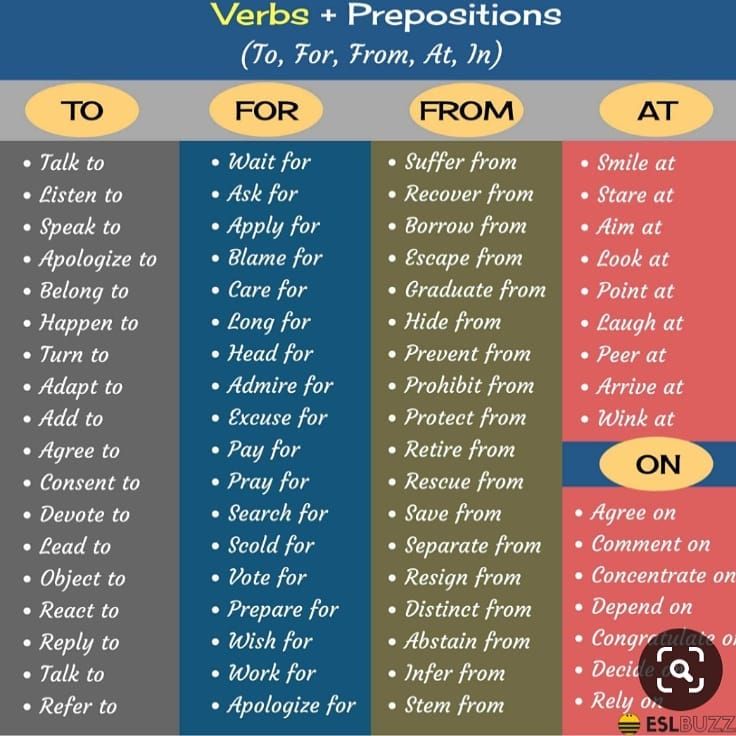 “These golden parachutes need to be turned back to sterling silver ones.” We couldn’t agree more.
“These golden parachutes need to be turned back to sterling silver ones.” We couldn’t agree more.
The Ryan-Murray budget deal has been amended to restore the full COLA for service members with military-related disabilities as well as those receiving annuity payments under the Survivor Benefit Plan. Several senators, including Senator Ayotte, have released proposals that would revoke the recent COLA cut in its entirety. And press reports indicate that Senate Majority Leader Harry Reid (D-Nev.) may soon call for a vote on such legislation. In any case, POGO strongly urges Congress to find deficit savings by ending the pension plus-up for senior generals and admirals.
Conscription service Contract service Alternative service State civil service Work in the Armed Forces of the Russian Federation in civilian positions
Main Career
Military service ends one day, and a retired soldier or officer has to find his place in civilian life. Having given part of their lives to the defense of the Motherland with weapons in their hands, former servicemen have the right to count on a special attitude of the state upon entering the reserve or resigning.
Having given part of their lives to the defense of the Motherland with weapons in their hands, former servicemen have the right to count on a special attitude of the state upon entering the reserve or resigning.
The transition to civilian life requires a lot of effort - from the choice of a new job to the revision of established habits and internal attitudes. The state, to the best of its ability, facilitates this transition by providing various benefits to former military personnel. For soldiers, sergeants, sailors and foremen of military service, this is an opportunity to continue their studies at the university on the same course from which they left. For those who have not yet entered the university, there is the possibility of preferential admission.
Officers, with the appropriate length of service, can count on permanent housing, health resorts and military pensions. In addition, officers are given the opportunity to complete professional retraining courses at public expense.
It should be noted that today one of the most serious problems of the army is the provision of housing for retired officers. Today, any officer on the waiting list can get information about obtaining housing on the specialized website of the Ministry of Defense "Housing for military personnel" (dom.mil.ru). Thanks to the interactive map posted here, you can see in real time which houses the Ministry of Defense is building in Russia. On the page of each specific object there are photos of apartments, the percentage of completion of the new building and the planned time for its commissioning. In addition, by entering his personal number in the appropriate field, the waiting list can check information about himself and get acquainted with the status of his case.
Back in 2006, the President of Russia in his Address to the Federal Assembly set the task of providing military personnel with permanent housing in the shortest possible time. As part of the fulfillment of this instruction by the head of state, the Russian Defense Ministry undertook to provide apartments for at least 90,700 servicemen in 2009-2010.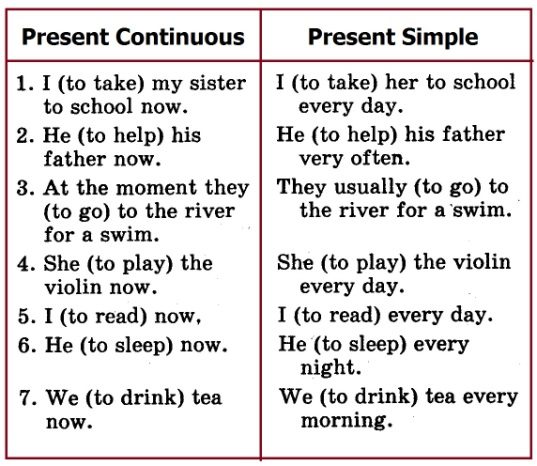 Taking into account the fact that in 2009 the housing stock of the Ministry received 45,600 apartments, and in 2010 - 52,000, such construction rates make it possible to fully fulfill the obligations of the Ministry of Defense to officers.
Taking into account the fact that in 2009 the housing stock of the Ministry received 45,600 apartments, and in 2010 - 52,000, such construction rates make it possible to fully fulfill the obligations of the Ministry of Defense to officers.
Times are changing and the nature of military service is changing. A modern officer with a proper education, outlook, erudition and skills will not get lost in civilian life either. His experience can still benefit the army - especially if the reserve officer finds his place in the defense industry, in expert, research and educational institutions, in the specialized press.
Since January 2012, the remuneration of military personnel has increased significantly, by 2.5-3 times. Following the salaries of active officers, military pensions also increased by about 1.6. This measure raises the status of a serviceman and actually guarantees him a lifestyle worthy of a Russian officer.
print version
Documents
Q&A
Retired General Ben Hodges commanded US ground forces in Europe from 2014 to 2017. He currently holds the Chair of Strategic Studies at the Center for European Policy Analysis (CEPA) in Washington DC. In an interview with RFE/RL's Georgian Service, Hodges answers questions about how foreign deliveries of new military vehicles to Ukraine could change the course of the war and analyzes the lack of consistency in the Russian operation.
He currently holds the Chair of Strategic Studies at the Center for European Policy Analysis (CEPA) in Washington DC. In an interview with RFE/RL's Georgian Service, Hodges answers questions about how foreign deliveries of new military vehicles to Ukraine could change the course of the war and analyzes the lack of consistency in the Russian operation.
Azattyk : The Ukrainian cities of Bakhmut and Soledar are under constant fire from Russian troops, more precisely, Wagner mercenaries. Why is Bakhmut in eastern Ukraine so important? What is Yevgeny Prigozhin, the founder of PMC Wagner, trying to achieve in Bakhmut?
Ben Hodges : It took me a while to understand why Russia, especially the Prigozhin-led troops, pay so much attention to Bakhmut. And I really see some symbolism here - for him [Prigozhin] it's almost like a vanity project. He obviously doesn't care how many people die. They have been fighting for five months now, but they still cannot take Bakhmut. And they continue to throw untrained, recently mobilized soldiers there.
And they continue to throw untrained, recently mobilized soldiers there.
But recently it has also become clear that there are large salt and gypsum mines in the region. And Prigozhin even talked about the desire to get resources there. I don’t know how comforting it will be for the families of the thousands who were killed to know that Prigozhin’s real goal was not a strategically important intersection, but gypsum mines.
I think that this whole operation around Bakhmut testifies to the lack of coordination in Russia's actions. I don't think Prigozhin takes orders from [General Sergei] Surovikin, and he certainly doesn't take orders from General [Valery] Gerasimov (who was appointed commander of the Joint Group of Russian Forces in Ukraine on January 11. — Rev. .). So, who is in charge here? .. They do not have a clear and consistent plan. Fortunately, they have not yet studied and corrected all those institutional shortcomings that were revealed back in February-March.
Azattyk : Maybe they are betting on a familiar strategy, according to which, if you throw as many people into battle as possible, then sooner or later there will be results?
Ben Hodges : The Russians have always assumed that whoever has the most men wins – I mean that has been their way of warfare for centuries – that they will eventually just crush the Ukrainian army number. But, obviously, they did not succeed, because the Ukrainians turned out to be very professional and skillful. We see that, in fact, precision can beat mass if you have enough skill and if you apply it to the spot. And Ukraine is constantly using a variety of means to pursue enemy logistics - transport networks, ammunition depots.
Ukrainian military fire from an anti-aircraft gun on the outskirts of Bakhmut, January 10, 2023 Azattyk : Western countries announced last week that they would supply Ukraine with more advanced weaponry, including Bradley armored vehicles from the United States, Marder fighting vehicles from Germany, and lighter infantry fighting vehicles from France. What damage has Ukraine suffered without them, and what can Kyiv achieve now?
What damage has Ukraine suffered without them, and what can Kyiv achieve now?
Ben Hodges : Of course, I would like to see decisions about the supply of Bradley, Marder, AMX-10RC and other systems made earlier. But the good news is that they are still accepted. So, the main thing that I heard last week is the basis for the armored brigade. Basically, you have a self-propelled artillery battalion from the Czech Republic; AMX-10RC from France is an excellent wheeled vehicle with high mobility and a large gun; the Marder Battalion is a very good system; and another battalion of Bradley, which is the best infantry fighting vehicle in the world.
If you get all this in your hands, and then you put a Ukrainian tank battalion with engineers in the middle, you have a deadly combined arms formation that, with the right level of support, can become an iron fist that will help break through these endless lines of Russian trenches. That's what I see. I don't count the machines, I look at the possibilities... They will spend the next couple of months getting equipment, training, practicing, creating logistics for it. And I think when the Ukrainian General Staff is ready, it will use these weapons as a real force.
I don't count the machines, I look at the possibilities... They will spend the next couple of months getting equipment, training, practicing, creating logistics for it. And I think when the Ukrainian General Staff is ready, it will use these weapons as a real force.
Azattyk : Some Western security experts we spoke to are more skeptical. They say the deliveries are good news, but they don't really fit the bill, that what Ukraine really needs are real tanks like the M1 Abrams and similar weapons systems. Do you agree with this assessment? And if so, do you believe that such a weapons package is also under development?
Ben Hodges : Of course it would be better if they also had Abrams and/or Leopards. It seems to me that they are also on the way, but I don’t know ... However, I would also not assume that what we saw last week is happening in a vacuum, from scratch. There are other things the Ukrainians are doing to build capacity for the next phase of their counteroffensive, the decisive phase. I think this is the liberation of Crimea.
I think this is the liberation of Crimea.
Azattyk : We will return to the topic of Crimea, but first the question of tanks. It seems that several countries, including Poland and the UK, are almost ready to supply tanks to Ukraine. How important could this be for Ukraine and how could it change the course of the war?
Ben Hodges : This is important in terms of actual capability, provided they get the proper maintenance, the right ammunition, and the opportunity to train. Then this could be a real opportunity. But even more importantly, such decisions signal that Western governments are taking the next step, they are less and less concerned that Russia could somehow escalate, since this is already unlikely. And although these decisions are made late, I think that it is not too late to change something. And, of course, this is not the end - after Ukraine liberates Crimea, it will have to defend itself for a long time. So, even if these new weapons are not available now - and I would like them to be - in a few months they will still be needed. So I'm only for such things ...
So, even if these new weapons are not available now - and I would like them to be - in a few months they will still be needed. So I'm only for such things ...
Azattyk : You said that you don't pay much attention to the amount of weapons provided, but nevertheless, if you look at what was provided and what the Commander-in-Chief of the Armed Forces of Ukraine Valery Zaluzhny asked for, this is a rather significant difference. He requested 700 armored vehicles and 300 tanks. How close is Ukraine to receiving them?
Ben Hodges : I don't know. There are a lot of things going on that aren't talked about out loud... Russia is getting drones from Iran and winter uniforms from North Korea, that's all. And 50 countries are helping Ukraine. Did we make it as fast as they needed? No. Have we done enough? No. Will there be more help? Hope so. If I were sitting in the Kremlin now, what would I hear? The Germans give Marder and another Patriot battery. There is talk of Leopards. This must be discouraging for the Russian side.
There is talk of Leopards. This must be discouraging for the Russian side.
Azattyk : You have previously predicted that the Ukrainian military may be able to push back Russian forces by the end of 2022 to the positions they held prior to the February 24 invasion. Why didn't this prediction come true?
Ben Hodges : Yes, obviously I was overly optimistic about that because I didn't expect that we wouldn't be able to provide longer range systems like ATACMS (Army Tactical Missile Systems. - Rev .). I thought they would be provided. It was my miscalculation. And I also did not expect that Russia would be ready to sacrifice so many people in and around Bakhmut. Obviously, I miscalculated, not much, but miscalculated. What matters is how Ukraine has adapted to what Russia is doing with these conscripts. And it is also important whether the West is supplying Ukraine with what it needs so that the Ukrainians can continue to attack Russian logistics and command?
I think they will liberate Crimea. Only two roads lead to Crimea: the Kerch bridge and the land bridge. One is already seriously damaged, the other will be hit. That's what should happen in the next few months. We must give Ukraine the opportunity to do so.
Only two roads lead to Crimea: the Kerch bridge and the land bridge. One is already seriously damaged, the other will be hit. That's what should happen in the next few months. We must give Ukraine the opportunity to do so.
If we limit what we give them in terms of range, like the GMLRS, a rocket to be launched from HIMARS (High Mobility Artillery Rocket System - Rev. ), to 90 kilometers, if we don't do more, then essentially we we will create favorable conditions for Russia. Thus, Russia can strike with impunity from the Crimea or from the territory of Russia and Belarus itself. And this leads to the death of innocent Ukrainian civilians. Therefore, we must give them long-range weapons systems and ATACMS that can hit every single target on the Crimean peninsula.
Azattyk : So the chances of success of any future, more serious Ukrainian counter-offensive depend on continued support from the West?
Ben Hodges : Definitely. That is, the big fat nuance is that the West should continue to support Ukraine, at least at the level of everything that we have already promised to do.
That is, the big fat nuance is that the West should continue to support Ukraine, at least at the level of everything that we have already promised to do.
Azattyk : If this happens, what is Ukraine likely to do?
Ben Hodges : She will continue to have to block Russia's attempts to capture Bakhmut and its surroundings. She needs to keep an eye on Belarus on the northern border, north of Kharkov. But here I think, although again I could be wrong, a serious attack from there is unlikely. The Russians can gather part of the troops there, but they do not have the ability to create another serious threat to Kyiv, I do not believe in it. Nevertheless, the General Staff will have to continue to monitor this.
I think that the Ukrainians are going to build up their armored forces that they receive, as well as the forces that they have already trained and prepared, to have a greater power that can be a decisive element in the liberation of Crimea.